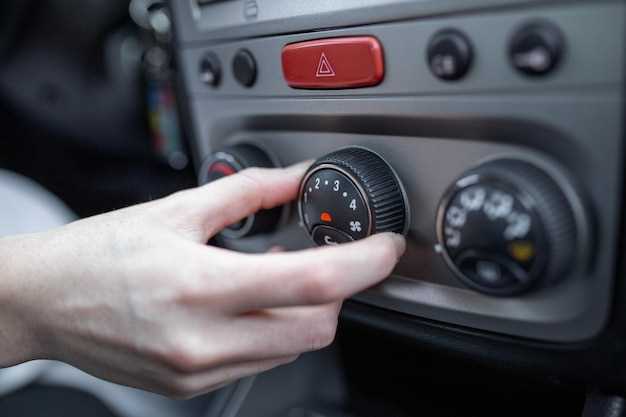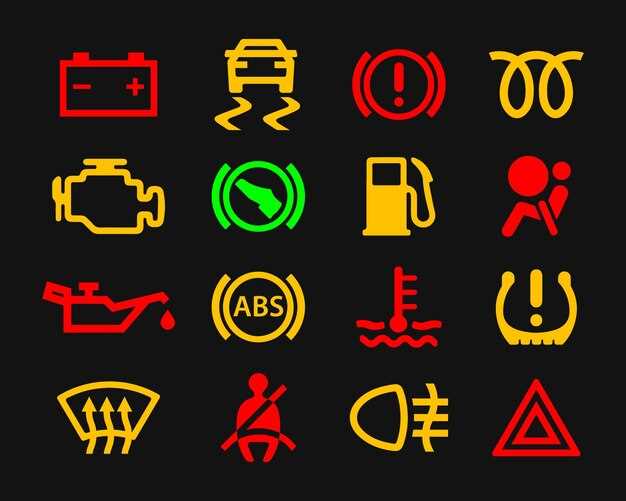
Engine warning lights serve as critical signals in modern vehicles, alerting drivers to potential issues that could impact the performance and safety of their engines. Each light is designed to convey a specific message, which can range from minor concerns to serious mechanical failures. Understanding these lights is essential for any vehicle owner who wishes to maintain their car’s health and longevity.
When an engine light illuminates on your dashboard, it is imperative not to ignore it. The presence of a warning light indicates that the vehicle’s onboard diagnostics system has detected a problem or anomaly within the engine’s functions. This system acts as the car’s built-in inspector, constantly monitoring various components and signaling the driver when something is amiss.
Recognizing the meaning behind each warning light can save both time and money. By understanding the specific sign each light represents, drivers can make informed decisions on whether immediate action is required or if it’s safe to drive for a short period. Moreover, addressing warning lights promptly can prevent further damage to the engine and ultimately extend the lifespan of the vehicle.
Common Engine Warning Lights and What They Indicate

The dashboard of a vehicle is equipped with various warning lights, each serving as a signal for the driver about the engine’s health. Understanding these lights is crucial for maintaining your vehicle’s performance and safety.
One of the most recognizable warning lights is the “Check Engine” light. This sign indicates that the vehicle’s onboard diagnostics have detected an issue. It can range from minor problems, such as a loose gas cap, to serious engine malfunctions. Prompt attention is recommended to prevent further damage.
The “Oil Pressure” warning light alerts the driver when the oil pressure is too low, which can cause severe engine damage if not addressed immediately. It is essential to check the oil level and the condition of the oil pump when this light is illuminated.
The “Temperature” warning light signifies that the engine is overheating. This signal can arise due to low coolant levels or a malfunctioning radiator. Ignoring this warning can lead to catastrophic engine failure.
A “Battery” warning sign indicates that there may be an issue with the vehicle’s charging system. This could involve a failing battery, a faulty alternator, or issues with electrical connections. It is vital to test the electrical system to prevent the car from losing power.
Lastly, the “Brake” warning light can indicate several issues, such as low brake fluid levels, worn brake pads, or even an activated parking brake. Immediate inspection is necessary to ensure safe braking performance.
Recognizing these common engine warning lights and their meanings can help drivers take appropriate actions, ensuring the longevity and reliability of their vehicles.
How to Respond When an Engine Light Illuminates

When an engine warning light appears on your dashboard, it serves as a critical sign that something may be amiss with your vehicle. Immediate attention is essential to avoid potential damage or costly repairs. Here’s how to respond effectively:
First, remain calm. Not all engine warning lights indicate a serious issue, but ignoring them can lead to more severe problems. When the light comes on, assess your surroundings to determine if it’s safe to pull over.
Once you are in a safe location, check your vehicle’s manual to identify the specific warning light. Different lights serve different purposes, ranging from minor issues like low fuel or oil levels to more serious indications such as overheating or engine failure.
If the light is accompanied by unusual sounds, vibrations, or smells, it may signal a more urgent problem. In this case, it’s advised to call for roadside assistance or a tow service rather than risking further damage by continuing to drive.
For less severe warnings, such as a check engine light that appears briefly, you may choose to continue your journey but should still monitor the vehicle’s performance. Make plans to visit a mechanic as soon as possible to diagnose the issue.
Finally, never disregard the warning lights. Conduct regular maintenance checks and keep an eye on the engine performance to ensure longevity and safety on the road. Responding timely not only protects your vehicle but also ensures your safety and that of others on the road.
Preventive Measures to Avoid Engine Warning Lights
To minimize the risk of engine warning lights activating, it’s essential to adopt proactive maintenance practices. Regular oil changes are vital for ensuring that the engine operates smoothly and efficiently, preventing unnecessary wear and tear. Additionally, checking and maintaining fluid levels, including coolant and transmission fluid, can help avoid overheating and other related issues.
Another key measure is to stay vigilant about any strange sounds or performance changes in your vehicle. Unusual noises can be an early sign of underlying problems that could trigger the engine light. Furthermore, routine inspections of belts, hoses, and other engine components will help identify potential problems before they escalate.
Using high-quality fuel from reputable sources can also play a significant role in the prevention of engine warning lights. Poor fuel quality can lead to combustion issues and affect the overall performance of the engine. Regularly replacing air filters ensures that the engine receives a proper air-fuel mixture, which is crucial for optimal functioning.
Finally, utilizing diagnostic tools to monitor your vehicle’s systems can provide early detection of potential issues. Many modern vehicles have onboard diagnostics that can alert you to issues before they trigger a warning light. Staying informed and conducting regular maintenance will significantly reduce the likelihood of unexpected engine warning lights appearing.




